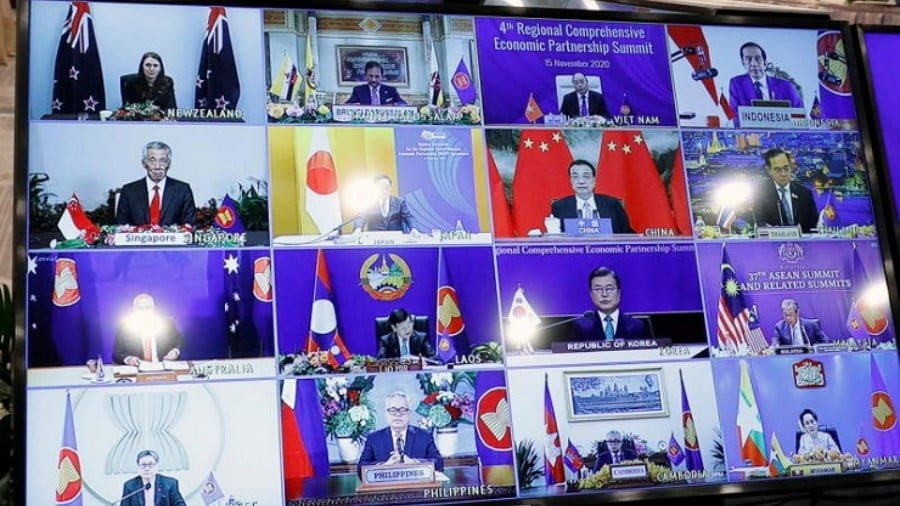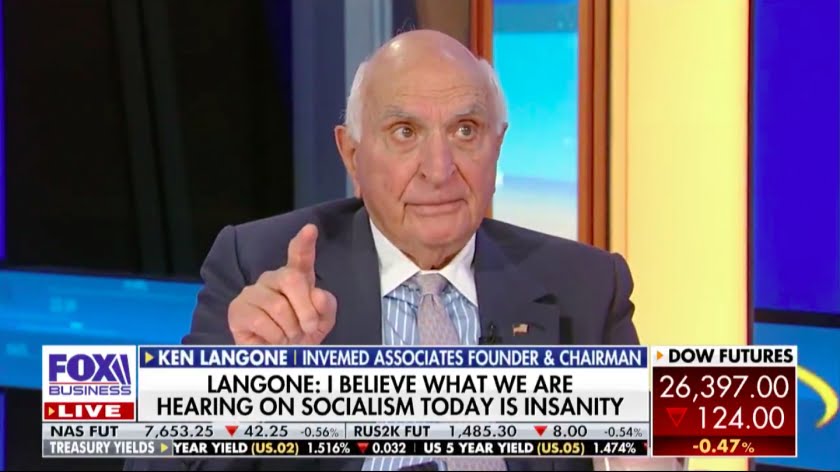The RCEP Deal Signed on Sunday Represents a New Era in World Trade Relations
A major treaty was signed on 16 November 2020 and it has been barely noticed by the western media. The treaty in question was between 15 predominantly Asian states, with two exceptions being Australia and New Zealand. It is called the Regional Comprehensive Economic Partnership with (RCEP). The signatories to the historical agreement are the 10 member states of the ASEAN block, plus Australia, China, Japan, New Zealand and South Korea.
It has, with some justification, being referred to as a huge victory for China, but it is more than just that. Together, the 15 nations represent about 35% of the world’s total trade including three of Asia’s largest economies, China, Japan and South Korea. More importantly perhaps, it represents a region of the world that is the fastest growing economically, and one expected to dominate international trade for the foreseeable future.
As such, it represents a reversion to a long-established historical pattern, interrupted over the past 300 years by Europe and the United States, but now declining in relative importance by the rise of the resurgent Asian economies.
The Asian country missing from this historical deal is India, whose Prime Minister Nahendra Modi has allowed his antipathy to China to cloud his judgement as to what is in India’s best interests. Instead, Modi has sought an economic partnership with the United States, contrary to long-standing Indian policy. Modi has been tempted to join a putative four party alliance with the United States, Japan and Australia which has been promoted by the Americans as a clear anti-China device.
It is notable in this context that two of the other members of the new group, Japan and Australia, have also opted to join the RCEP. This is a decision by those two countries clearly at odds with the American ploy of creating an anti-China alliance. The putative four power agreement was part of an obvious attempt by the Americans to isolate China. The deal signed last Sunday is the clearest possible rebuttal of that ploy. China’s Asian neighbours clearly reject the American overtures and the transparently anti-China emphasis of its proposed alternative. The fact that two of its four proposed members have signed the RCEP speaks volumes as to how those nations perceive their own vital interests.
The fact that South Korea has also joined the agreement is of major geopolitical significance. South Korea has endured almost continuous American occupation since the end of World War II, a trend accelerated by the American dominated Korean war. That war has been used as an excuse to maintain a huge United States military presence in South Korea ever since, a period now of more than 70 years.
The same may be said of Japan signing up to the ASEAN deal. It’s occupation by the Americans is even longer, no 75 years, and they show no intention of leaving any time soon. The resignation of strong United States ally Shinzo Abe from the Japanese Prime Ministership, coupled with Japan’s accession to the ASEAN agreement may be interpreted as signs, albeit small at this point, of Japan finally reasserting a measure of political independence that more accurately reflects its economic realities.
The same is true of Australia, whose accession to this economic arrangement with the Asian countries (and New Zealand) that represent the vast bulk of their foreign trade. Decoupling from the United States alliance is going to be difficult for Australia. The present conservative government of Australia is also to persuade both members of its own party, but particularly its National Party coalition members, of the wisdom of maintaining and strengthening its Asian trade ties.
Those ties have come under some significant challenges from China in recent months, a direct consequence of Australia’s adherence to the United States line and effectively blaming China for being the source of the global pandemic currently waging the world. Signing up to the new ASEAN deal is a signal that Australia wishes to maintain its valuable Chinese markets. That is a battle not yet won.
It is easy to blame Trump for the growing tensions between the United States and China, but the problems are deeper than that. They go back at least to the Obama era in the United States (2008-2016). Obama was the author of the so-called “pivot to Asia”, a complete misnomer as they were always there and had no intention of leaving. There are approximately 400 United States military bases in the greater Asian region, all of them directed at China.
Regardless of who is declared the winner of the United States presidential race, that orientation is unlikely to change voluntarily. One of the many features of the newly signed trade deal is that it will encourage their member states to place the trade (and hence prosperity) commitments above any orientation to war.
It may be that this reorientation away from any United States led developments in Asia may be the reason the western media has given so little time and space to this most recent development. The economic implications alone are huge. On the elimination of trade tariffs on imports alone, the deal is expected to see the elimination of as much as 90% of tarrifs on imports over the next two decades.
Quite apart from the trade benefits, there will also be common rules developed in intellectual property, a hugely important area of development. China has now become the world’s largest single source of new registrations of intellectual property developments. They have come from a low base only two decades ago and passed the United States in new registrations of intellectual property in 2019.
The orientation of India’s Prime Minister Modi to the United States may therefore be seen as a colossal tactical error. It is clearly driven by his distrust of China with whom India has had an increasingly fractious relationship. The United States secretary of state Mike Pompeo has been carefully nurturing this Indian antipathy to China, and the latest proposal for a four- power military agreement may be seen in that light. As noted above, both Japan and Australia are less than enthusiastic, to say the least, with the American overtures. The blatantly anti-China origins of the American proposal for a four-power agreement are readily apparent. This makes Australia and Japan’s accession to the new agreement all the more important.
What is also happening however, is that the world is moving on and Pompeo and whoever succeeds him as United States secretary of state will have to realise that. The 15 nations of the new RCMP deal represent a different perspective. It is one that sees the United States “protection” against China as an anarchism unrelated to the realities of 21st-century trade and development.
It is unlikely that the United States will acknowledge the significance of the changes taking place, of which the signing of the RCEP agreement is the most significant. This signing of an agreement between the 15 nations represents a milestone in the region, and indeed the worlds, geopolitical alignment.







